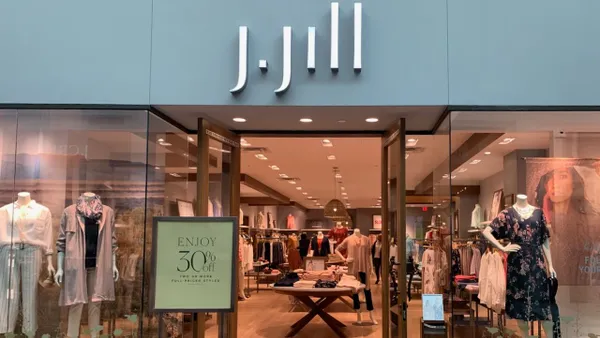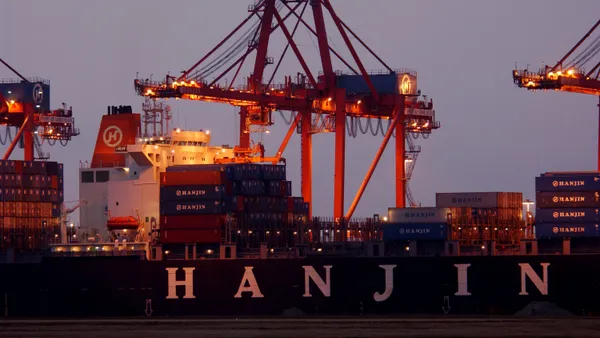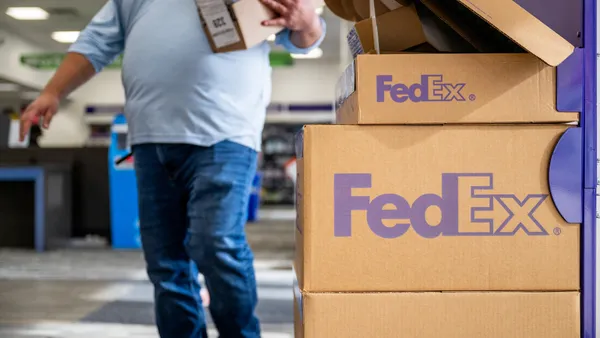Dive Brief:
- Amazon's logistics costs have only increased since it first launched its logistics operations a year ago, according to a Seeking Alpha analysis on Monday.
- Shipping costs reached 13.21% of sales last quarter, with 5.91% paid fully by Amazon. The costs cover the company's 10 freighter airplanes, an air hub, trucks, and expenses to 3PLs.
- The analysis suggests costs remain high due to a shortage of truck drivers and pilots — which leads to high wages — or the company's lack of economies of scale to drive profit. The company will likely still increase its air freight capacity fourfold, for example, Seeking Alpha notes.
Dive Insight:
Amazon's entry into the logistics field have likened it to a 3PL, where small-scale shippers will sell inventory at a premium via the web service while the company takes care of the fulfillment process.
As a result, although the company still relies in part on UPS and FedEx for certain services, many analysts have questioned whether Amazon would threaten the parcel delivery services' market share with its e-commerce renown. At first, Amazon denied it, but a September report by The Wall Street Journal revealed the company had plans to upend the logistics sector.
Yet despite the company's ambitions, neither UPS nor FedEx feel especially threatened by the e-commerce giant.
"A full-blown Amazon parcel delivery operation would likely take years to complete, so we believe [FedEx] and UPS would have time to react," RBC Capital Markets analyst Mark Mahoney previously told Retail Dive. Similarly, although UPS and FedEx have decades of experience, Amazon's entry to the logistics market comes with a learning curve, particularly when it comes to aircraft operations and regulations.
The earliest signs of success, however, may come through the cost-to-sales comparison made by Seeking Alpha. If Amazon seeks to compete with UPS and FedEx, the company needs to see a downward trend in the metric, which would indicate the logistics services are driving profit to the company.














